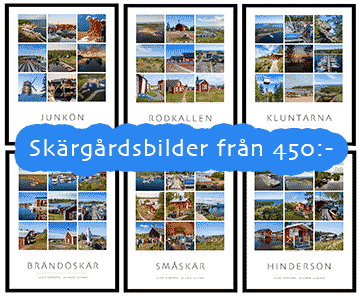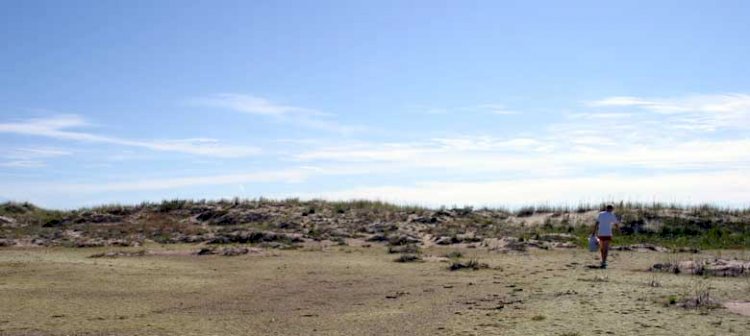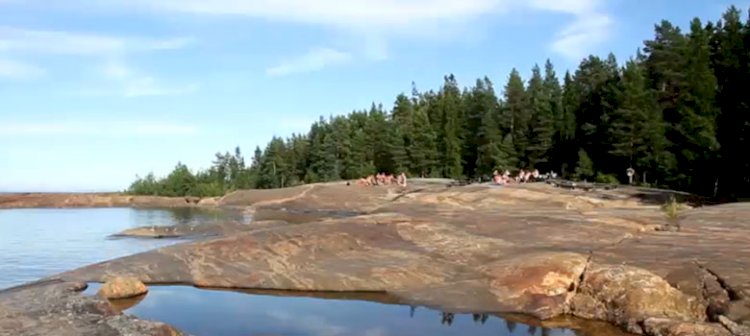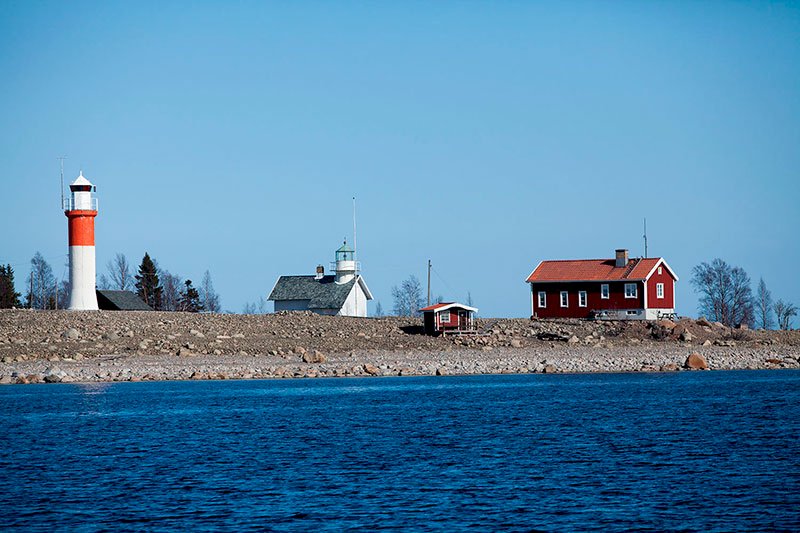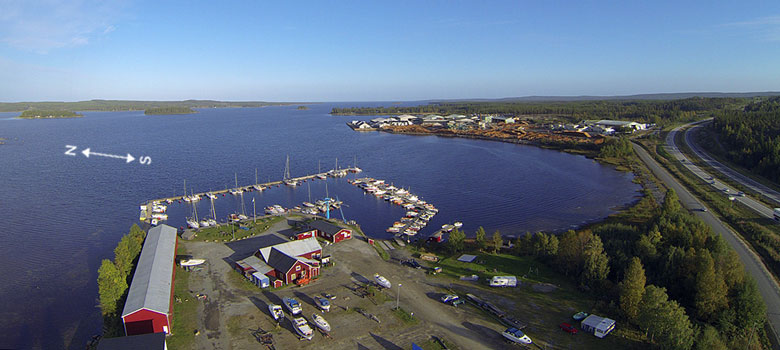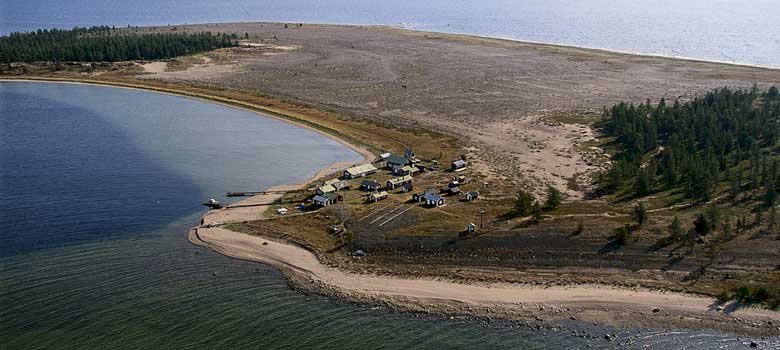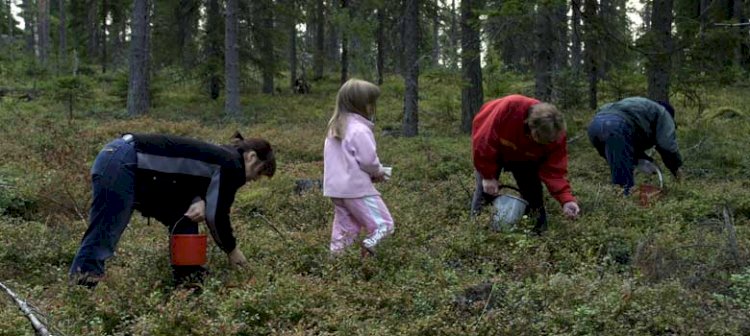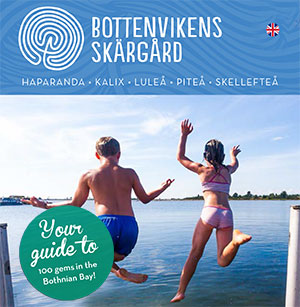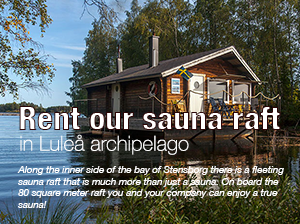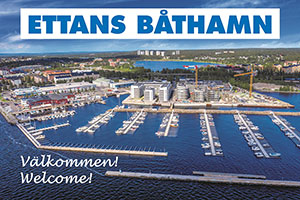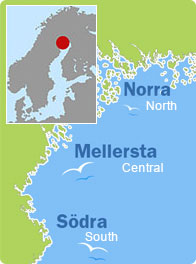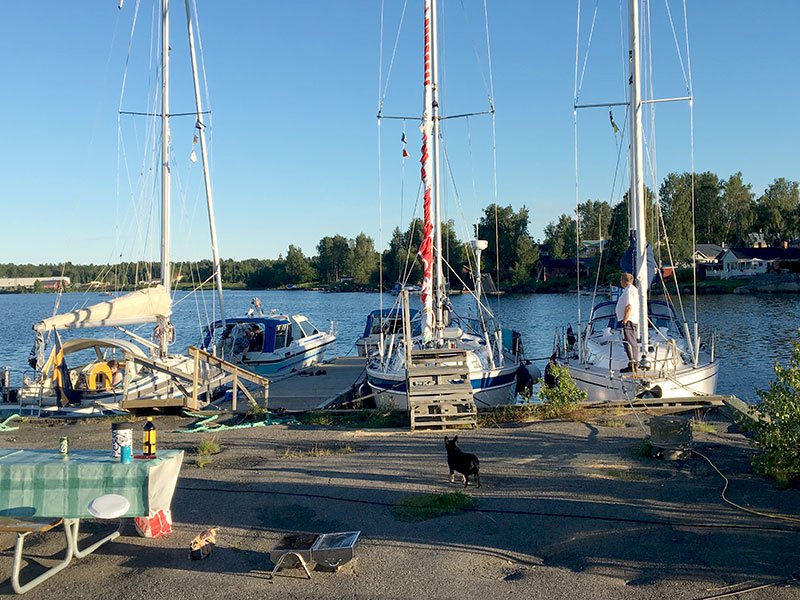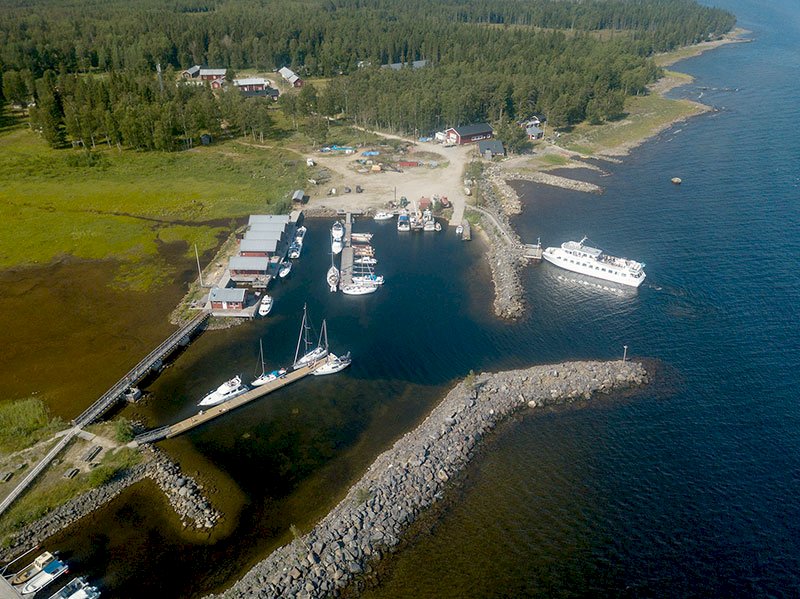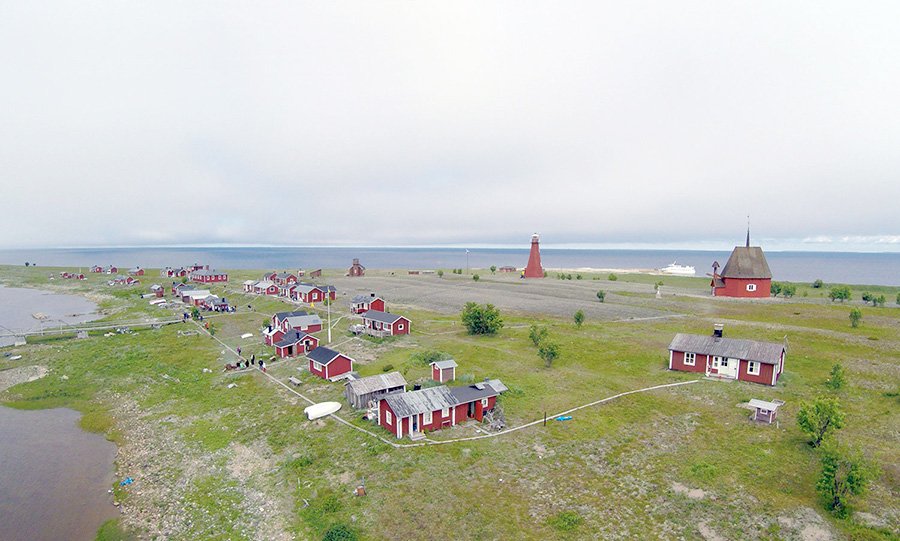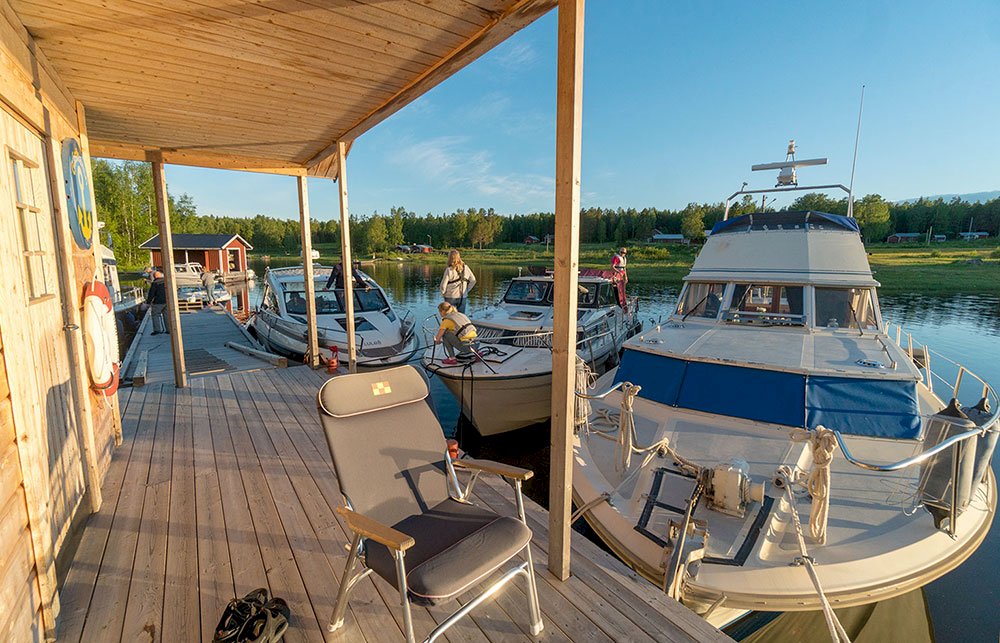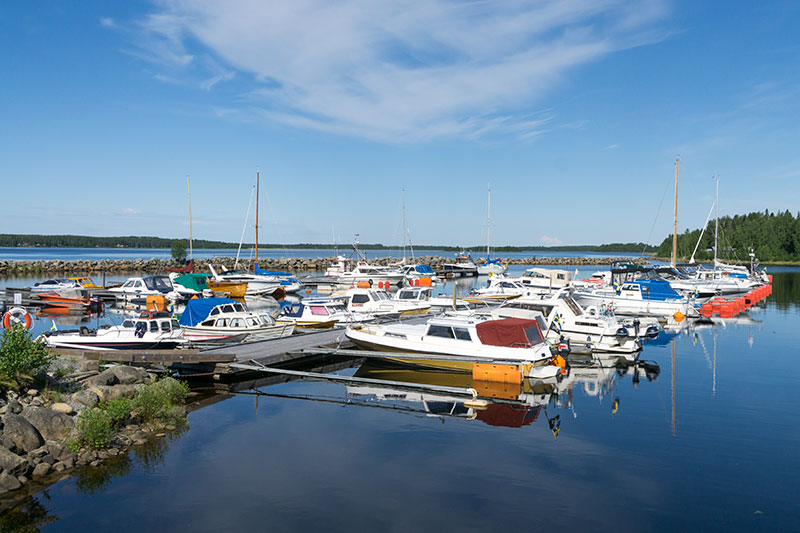Fingermanholmen, Piteå (South)
Almost in central Piteå, in Inrefjärden (the inner bay), you will find Fingermanholmen close at hand and accessible by boat and kayak during the summer.
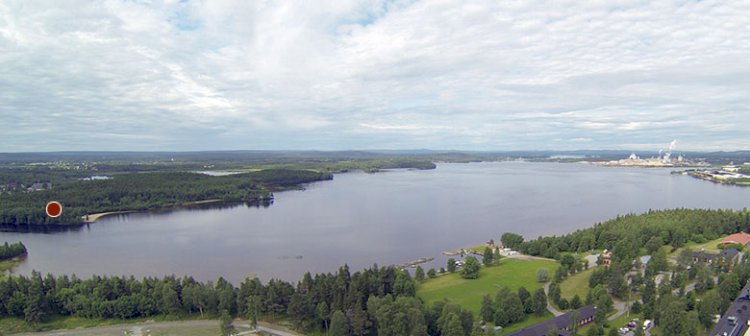
During wintertime it is but a short ski trip away, or why not get there with ice skates or sled when the ice is in perfect smooth condition.
Facts
Excursion harbour
Nautical chart 415
Harbour depth: 2.5-5 m
No. of guest berths: 15
Outhouse toilet, sauna, fireplace, bathing, nature trail and attractions
You reach this island from the Munksund waterway. The island is on the port side if you are coming from the Piteå Havsbad facility, while it is on the starboard side if you are coming from Piteå’s central marina. You should follow the instructions in the nautical chart when approaching the island, and pay attention to the local buoys, because the water depth can be variable.
The extensive network of walking tracks, the various swimming spots with their fine-grain sands, the large number of barbeque areas (some spontaneously erected), and the organised boat tours of the local attractions all bear witness to a much appreciated and enjoyable destination. People who visit Fingermanholmen most likely do so for its beautiful nature, the beaches and the fantastic views of the bay and the surrounding areas.
Fingermanholmen has a distinct ridge. The spine of the ridge is impressively high, up to 30 metres, and forms an important focal point as you move around Inrefjärden. A recent survey shows that the island contains areas of high natural value. The eastern forest is in its entirety the most heterogeneous area, with differently aged pine forests, an abundance of dead wood, connected rowan-dominated deciduous forests, ponds and wetlands. The mosaic of natural environments makes this a fantastic place for school trips etc. “Suptallen” (the Swedish name for a large pine tree on a track that offers hikers a natural spot for a rest and possibly a drink, or “sup” as it is called), with its adjacent clearing, forms a natural common hub for the various walking tracks on the island. The island also attracts visitors with its exciting industrial history.
History
Fingermanholmen played a leading role in Inrefjärden’s timber industry. At the start of the 1890s, “Fingermanholmen’s Ångsåg” (Fingermanholmen’s Sawmill) was established on the island’s north-western tip. The sawmill provided the timber for the construction of Piteå Hospital, as well as producing timber for export overseas. The good water depth was one of the factors that contributed to the location of the sawmill. The business was closed down in 1912, and the sawmill workers were transferred to the sawmills in Bergsviken, Storfors, Munksund and Skuthamn. A cable car system was constructed between the sawmills and the sulphate factory in Munksund to enable the transportation of chips and sawdust. The longest stretch of the cable car system was 7 km long and ran from Bergsviken’s sawmill and over Fingermanholmen to the sulphate factory in Munksund. The cable car system was put into operation in 1929 and was used until well into the 1940s.
Fingermanholmen has also been used for the extraction of sand and gravel. These days, the gravel pits are open holes on the landscape and they, together with the ridge, create significant height variations. There are also traces of a number of charcoal kilns and tar kilns that were once in operation on Fingermanholmen.
Plans are in place to, among other things, increase the accessibility of some walking tracks that are currently not in the best condition, build an observation tower, clear away the area around the cable car system and make its route more visible, and put up information signs about interesting places in the area.

